You are here
Back to topFresh Yunnan Blueberries Now Available All Year Round
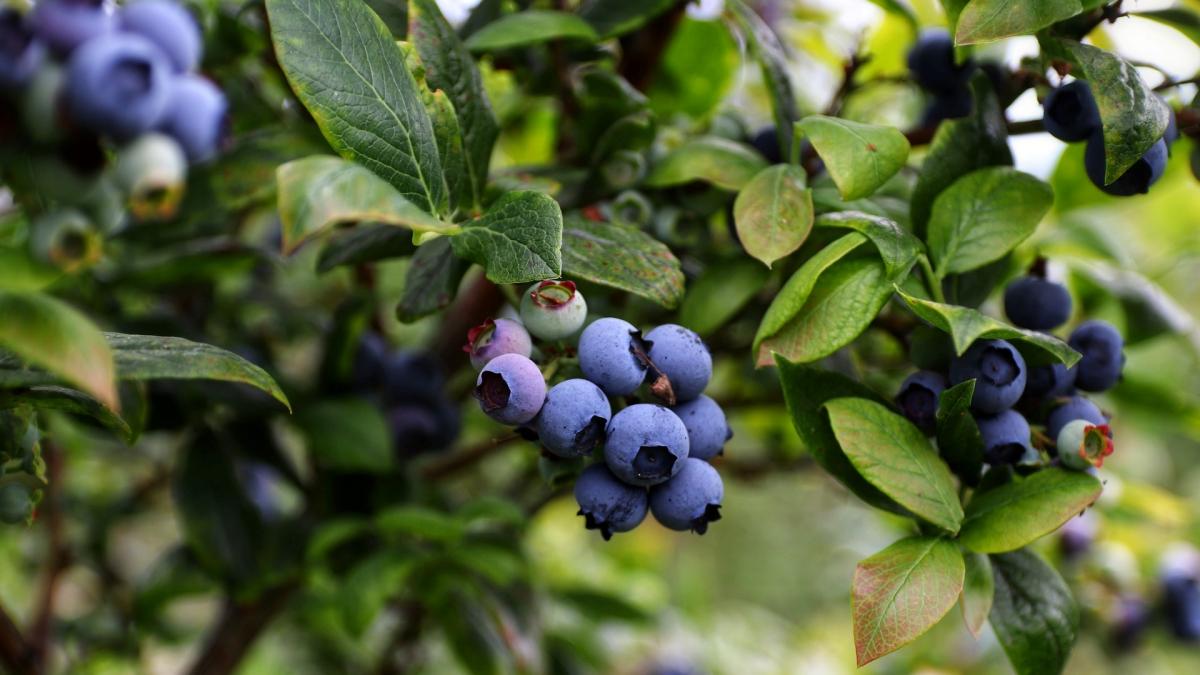
After 20 years of cultivation, investment and promotion, Yunnan province has now achieved a year-round supply of fresh blueberries.
Much of Yunnan is located on a low-latitude plateau, and 94% of the province is mountainous. The region is blessed with long hours of sunlight, warm days and cool nights, and abundant water resources. With these ideal conditions for blueberry cultivation, Yunnan has become a supplier of choice for the United States, Australia, the United Kingdom, Chile, Spain, France and other major markets. By the end of 2021, Yunnan’s blueberry cultivation area was around 6,700 hectares. With an output of approximately 45,000 metric tons, the province ranked sixth in China in terms of planting area and production.
Since 2002, the Institute of Alpine Economics and Botany at the Yunnan Academy of Agricultural Sciences has been conducting research into 88 different blueberry varieties, which led to the selection of 13 varieties most suitable for cultivation.
The institute has promoted an efficient one-step tissue culture protocol for the rapid propagation of blueberry seedlings. Compared with conventional tissue culture methods, the new protocol has reduced the seedling-raising period from 150 days to just 30 days and greatly improved both the quality and survival rate of new seedlings.
The Yunnan blueberry industry is divided into early-, mid- and late-ripening cultivation areas. The early-ripening production areas are concentrated in Honghe, Wenshan, Banna, Baoshan, Dehong, Lincang, Pu’er, Yuxi and other nearby cities. With altitudes ranging from 900 to 1,500 meters, these areas benefit from abundant sunlight and remain free of frost for most of the year, with temperatures rarely dipping below 5 degrees Celsius even in the winter. In these areas, Southern Highbush varieties fruit between October and April.
The mid-ripening blueberry production areas are mainly located in the temperate zones of Kunming, Qujing, Chuxiong, Dali, Zhaotong and Lijiang, at altitudes below 2,500 meters. These regions have abundant sunlight all year round and dramatic temperature differences between day and night. Both Southern and Northern Highbush varieties are cultivated, and the fruiting period lasts from May to July.
The late-ripening production areas include parts of Dali, Lijiang, Nujiang, Diqing and Zhaotong. Situated above 2,500 meters, these areas have cold winters and a long frost period. The late-ripening varieties of Northern Highbush blueberries planted in these regions require an extra month to reach maturity, but the slow accumulation of nutrients leads to excellent fruit quality. The fruiting period is from August to October each year, thus drawing to a close when the early-ripening areas are starting to come into production again.
Image: Unsplash
This article was translated from Chinese. Read the original article.



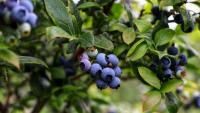

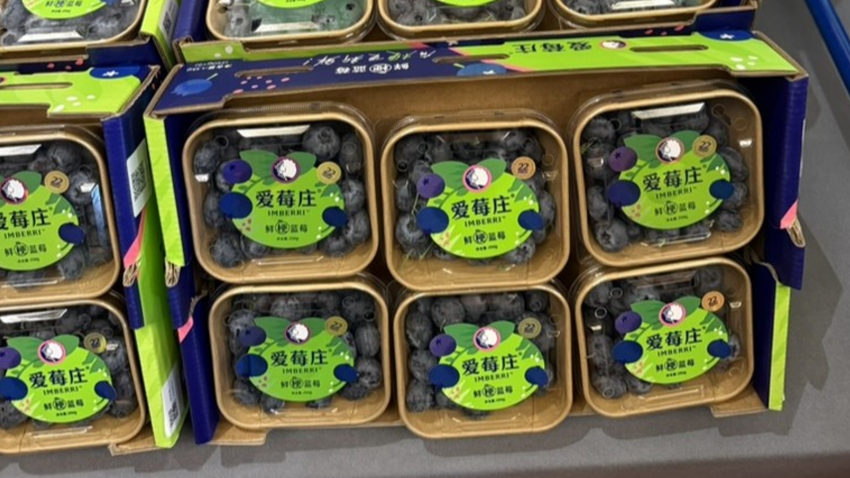
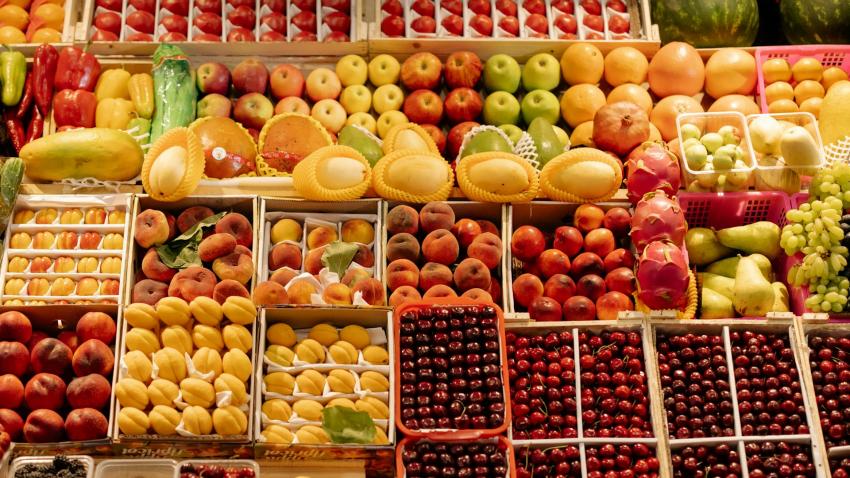
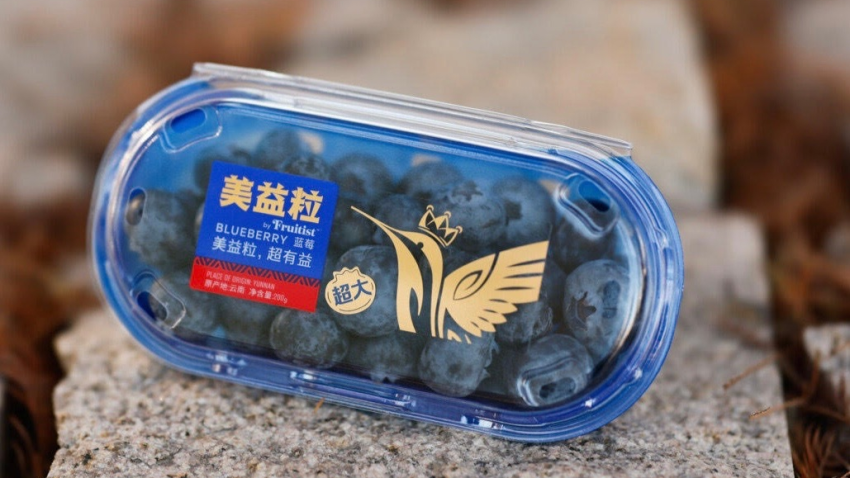







Add new comment